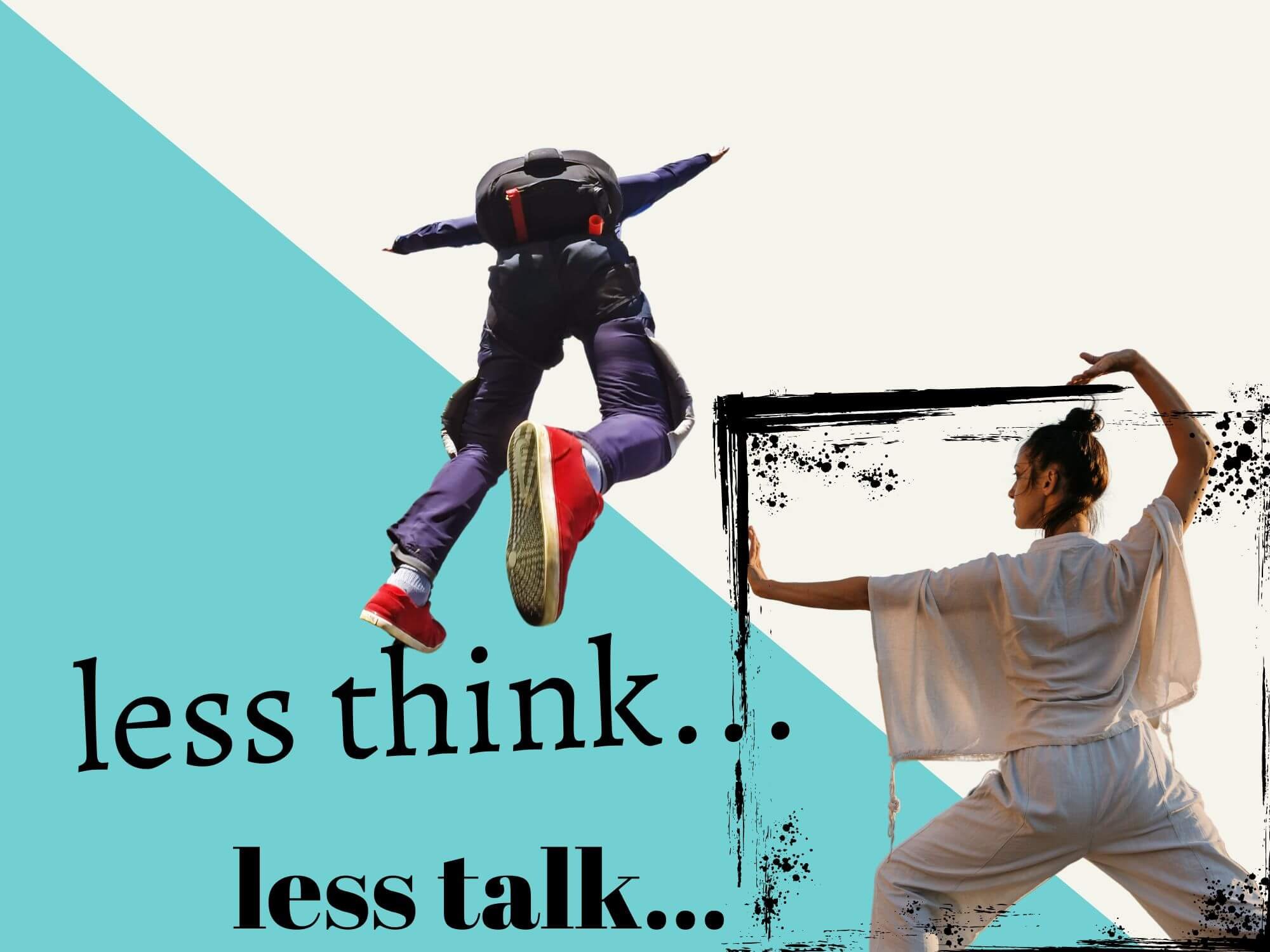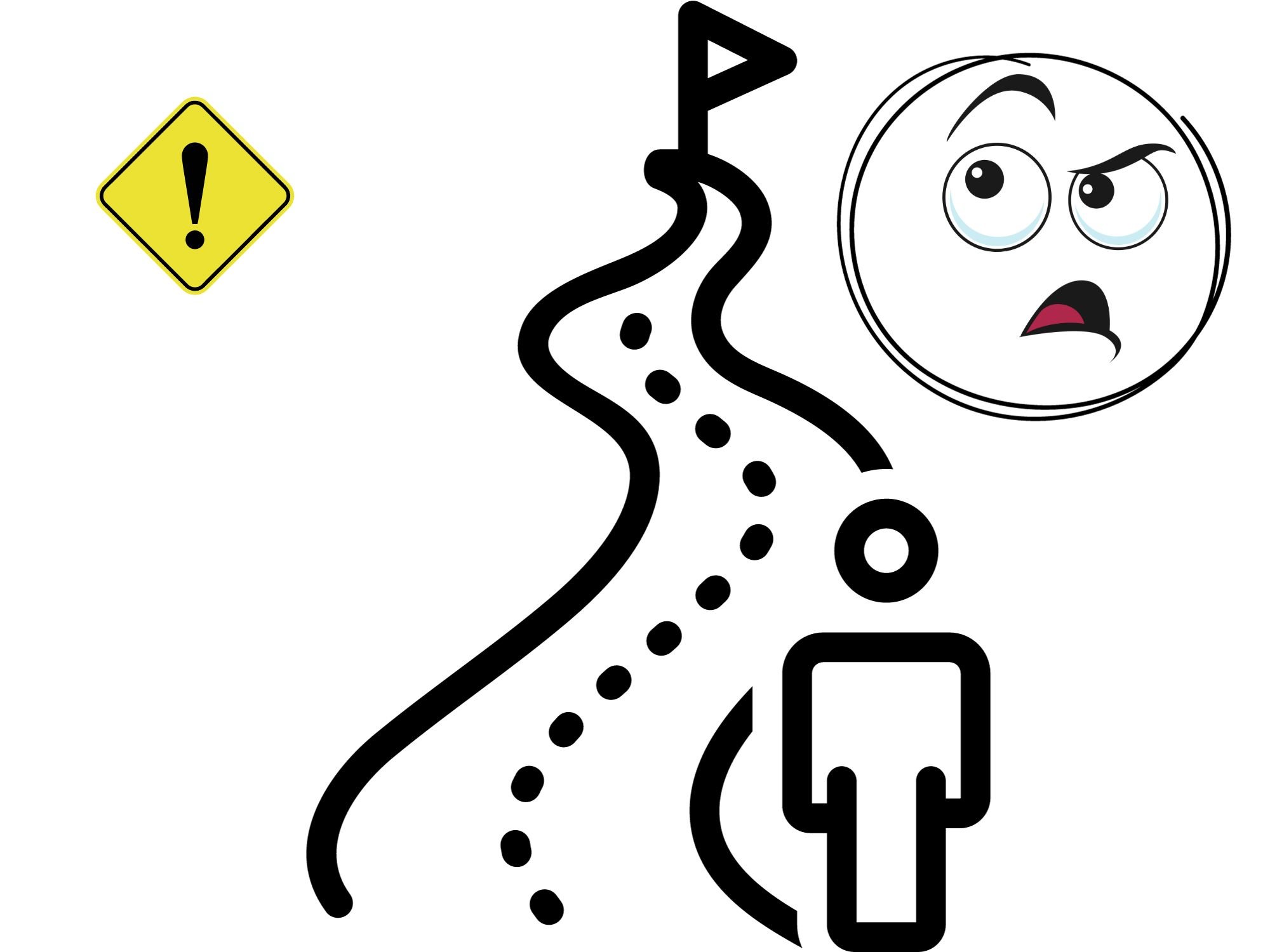Goal vs. Plan (exploring 2 sides of the same coin)
Big ideas, dreams and everything in between. These things are great, but they require clarity. They require defining what your goal vs. plan is.
So this post is my take and experience on the topic.
Let’s get to it.
Table of Contents Show
Goals vs. Plans (definitions, examples + such)
What’s the difference between goals vs. plans? Here’s how I differentiate:
A goal is your vision – your North Star. Goals are the “what” part of an idea. A plan is your strategy – your map to the North Star. It’s the “how” part of an idea.
Here are some examples of each (and how they work together).
Goal —> Post 100 videos to YouTube
Plan —> Post 2 videos per week for 1 year
Goal —> Release music to Spotify
Plan —> Spend 2-3 hours every evening writing, producing and mixing songs
Goal —> Start a creative business
Plan —> Solve my own problems, turn my solutions into content, fine tune things, create an offer
Goal —> Get rich
Plan —> Learn how money works, invest, find mentors, add differentiated value to the market…
So which comes first, a goal or a plan?
Goals tend to come first, so we have a clear target to work towards. This clarity informs our planning.
We need to know where we’re going (the goal) before making a plan to get there.
So let’s keep moving and look at some quick tips for goal setting and making things a reality with a great plan.
6 Tips for Goal Setting + Planning
Goals and plans work in unison.
So these are my top tips for using both sides of this coin to reach all your objectives.
1. Clarify Your Goals (+ their why)
You probably already have an idea or two of what you want.
Short-term goals, long-term milestones, dreams and so on.
But what are they specifically and why do you want these things? Clarity is an important first step for reaching goals – big or small. This is your “why”.
Your “why” is your purpose and motivation for pursuing something. It’s deeper and emotionally driven.
So here are some concepts and questions to consider:
What do I really want?
What are my big, in-a-perfect-world dreams?
These provide clues to what you really want and why
(and I say go for the big stuff)
What’s my definition of success?
What are my strengths and talents?
What are my weaknesses?
What motivates and inspires me? (and why?)
What challenges do I have and want to overcome?
What are my core beliefs?
What are my interests and passions?
What are my values?
Attaching your values to your goals is a smart move
What impact do I want to have? (and why?)
2. Have Realistic Timelines
Big goals are awesome, but being realistic with your timelines is essential.
If you want to get 1 million subscribers on YouTube, that’s amazing and you can absolutely do that.
But you need to be patient and get comfortable with sucking and realizing that nobody will care for a long time.
It took Mr. Beast years of learning, improving and showing up everyday before anything took off.
We often forget how long it takes to become an “overnight” success.
What looks like quick success is really just the culmination of years of practice (or a big budget).
It’s an on-demand world. But patience and consistency are the secret.
So practice having realistic expectations and time horizons. Because the compound effect is real, if you can work and wait for it.
This all requires a process-oriented mindset.
3. Love the Process
A process-oriented mindset is related to growth thinking, which sees failure as a learning moment and realizes that any skill can be learned.
Loving the process is essential for planning and meeting goals. Because great things take time.
I also believe that there are no finish lines. So while we have goals, I like to redefine them as checkpoints (more on that in the next tip).
Once you reach an objective, there’s always that moment of “okay, what’s next?”
So here are some quick tips for becoming more process-oriented:
Break down goals into smaller steps
Check your expectations at the door
Focus on quantity, not quality
Celebrate the small wins
4. Focus On Checkpoints
Checkpoints are the milestone moments in your journey to reaching some larger, macro goal.
They’re easier to reach and less stressful. They’re more motivating and add up over time.
For example, looking up at a tall mountain, wondering how you’re going to reach the top, can feel intimidating.
But if you instead focus on the 100 checkpoints it takes to get to the top, things become much more manageable.
So here’s how to focus on checkpoints, not goals:
Reverse engineer your bigger goals into smaller steps
Set clear checkpoint (micro) goals
Spend time to reflect on things (what’s working, what’s not, etc.)
Practice flexibility and adaptability
Celebrate small wins
Practice self care
Strengthen your growth mindset
Find the joy in the process (love what you’re doing)
Use a workflow
5. Use A Workflow
Workflows are a strategic, repeatable and customized set of processes and actions for organizing your goals and schedule.
They support habit formation and add important structure to your goal planning.
A good workflow is customized to your preferences, goals, personal bottlenecks and lifestyle.
Here’s an image of my basic daily workflow:
Here are some quick tips for creating a workflow:
Identify high-value actions vs. low-impact ones
Prioritize high-value actions (delegate, automate or delete low-value ones)
Keep track of your progress with a project management hub or daily to-do list
Add urgency with specific deadlines
Timeblock your schedule and focus on single tasks at a time
Align your workflow with your lifestyle and mood based on the time of day
Be adaptable and keep things open for change
6. Map Out Multiple Paths
I get bored pursuing just one thing.
This is probably why I alternate between and blend music, travel, film and blogging so much.
Luckily, there’s a life planning strategy called Odyssey Planning.
This is a goal planning technique whereby you brainstorm multiple potential paths (not just one).
It takes into account the fact that life rarely goes as planned. So you end up creating multiple 5-year plans and potentials for how your life may unfold.
Knowing when and how to pivot (not quit) is important. So creating an Odyssey Plan is a great strategy here.
So here’s a quick rundown on how to make one:
Brainstorm your ideal possibilities (main goals)
Design each path and how you would reach each goal
Choose one to focus on and pursue
Iterate and reflect on things as you go
Want More? Check Out These Sweet Reads!





